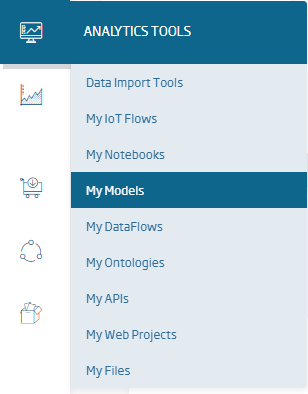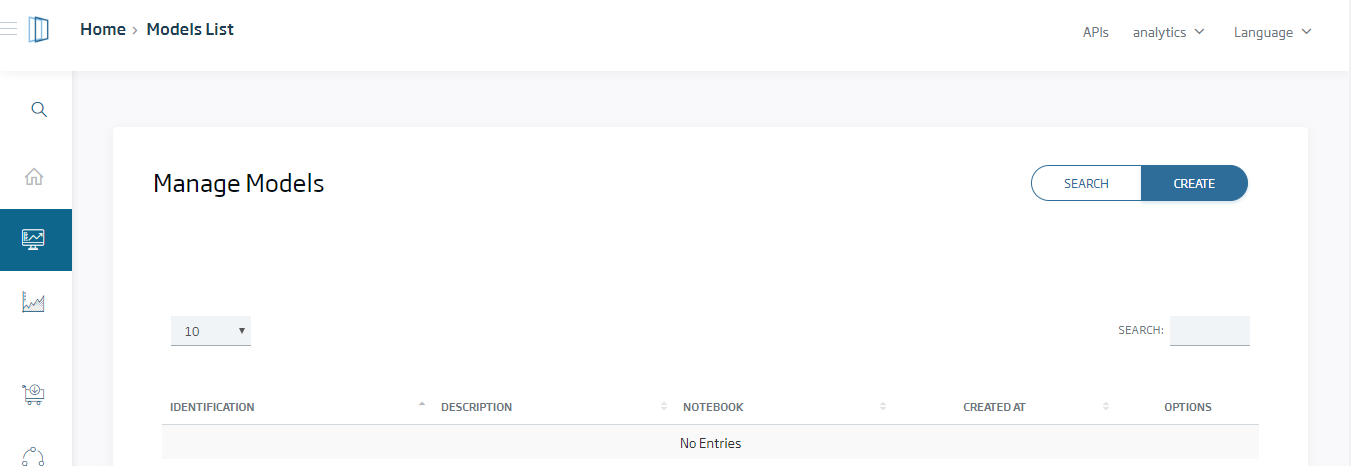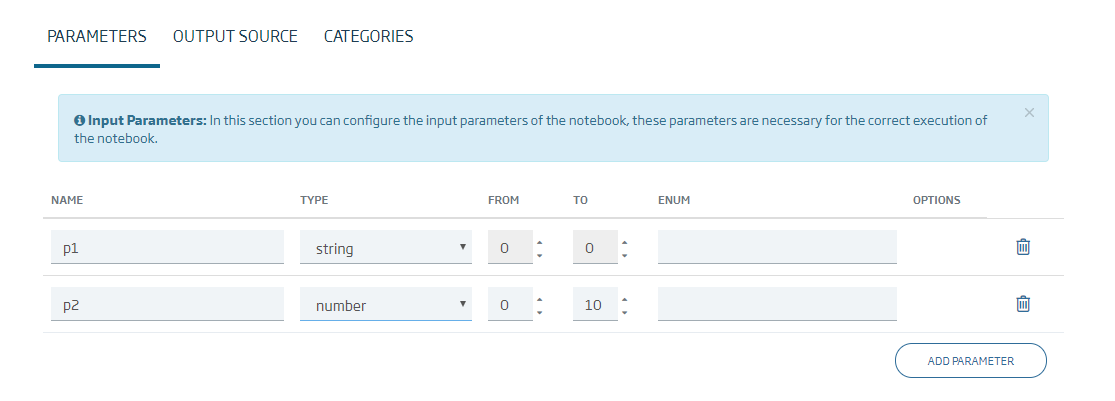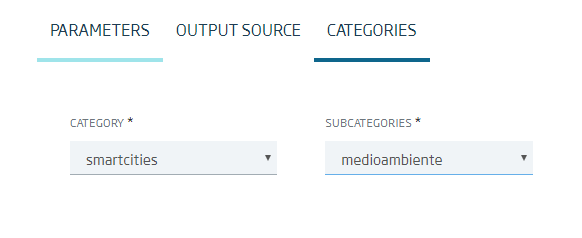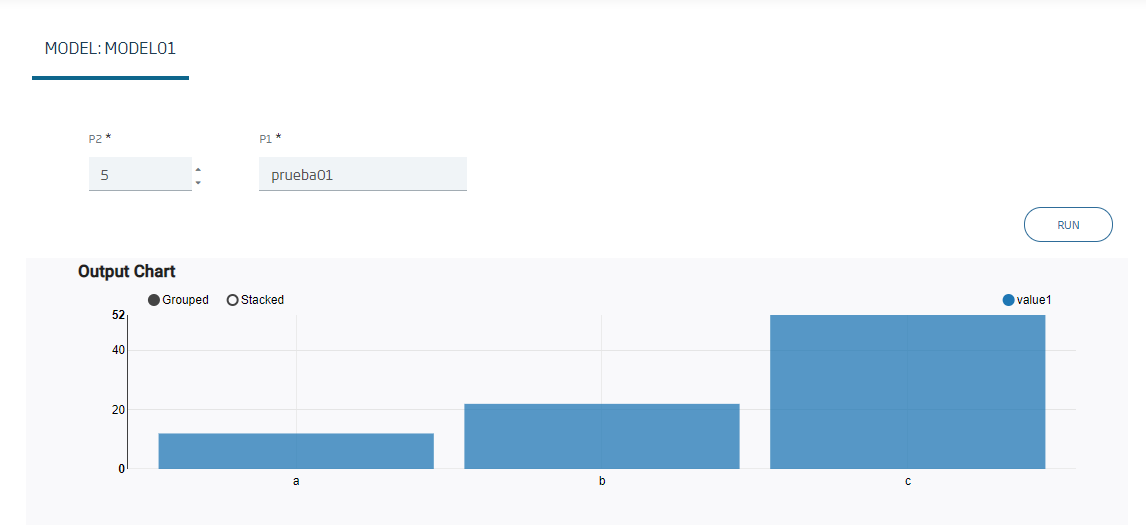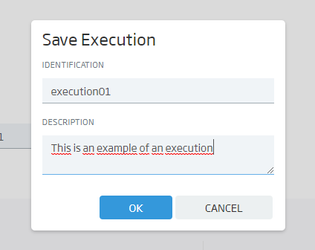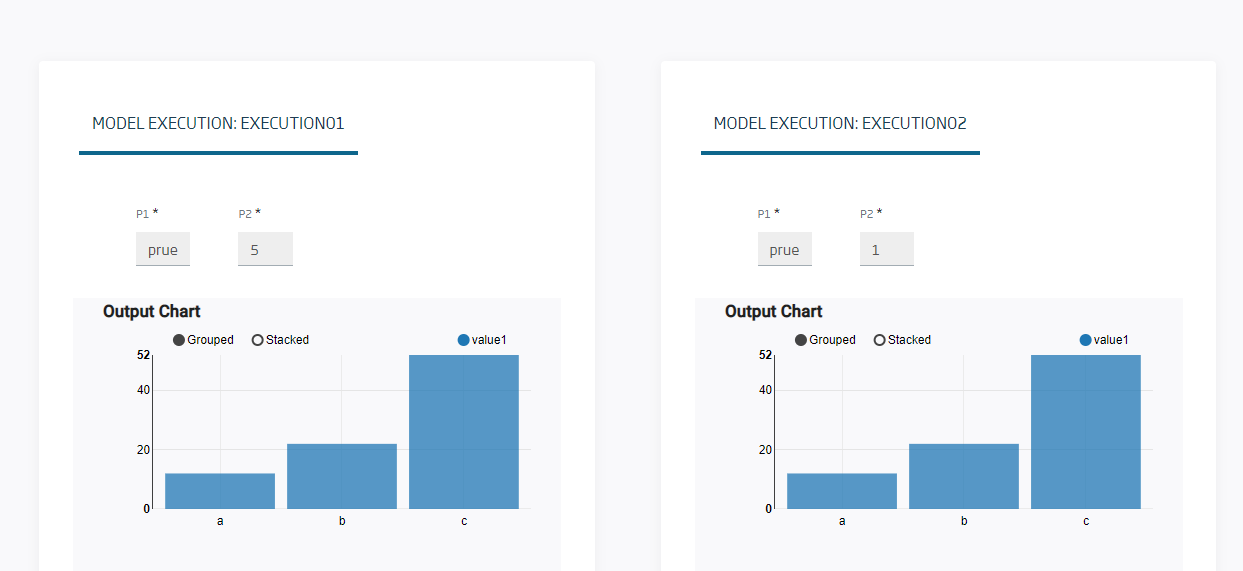Features | Open Source | Releases | Docs | Try us free | Blog | Product
Creation and execution of a Model
In this document, we will see how to create and execute a Model through the Platform. This functionality allows us to define the needed parameters to execute algorithms developed in the Platform's notebooks in a simple and fast way.
How to create a Model
To create a Model, you must have the role Administrator or Analytics. To start, go to the menu option ANALYTICS TOOLS -> My Models:
There, you will see a new page with a list of your models. In this case, you do not have any model yet, so the first thing you are going to do is creating a new model. To do this, select the button CREATE:
A new page will open. At its top, you have the general information about the model. There you select the Notebook to which the Model will refer. When you select the Notebook, the field 'input paragraph id' is auto-filled with the first paragraph ID of the Notebook, which will correspond to the configuration paragraph.
Next, you will see three tabs where you can define, firstly, the input parameters of the Notebook. You can define four kind of parameters:
- String
- Number: you can define a range.
- Timestamp
- Enumerator: you can define an enumeration of strings.
In this case, define two input parameters:
In the second tab, define the output source of the model. There are two options:
- Dashboard: the output will be a dashboard from the platform. Therefore, the results of the notebook will be stored in an ontology, in order to be represented in it.
- Output paragraph: in this case, the output will be the last paragraph of the Notebook.
For this tutorial, select the output paragraph.
Finally, in the last tab, choose the category and subcategory of the Notebook:
Now, you can create the Model using the button
How to execute a Model
Once you have created your Model, you can execute it using the execution button:
You will see a list of the input parameters you defined before. Once you give value to the input parameters and push the button Run, the result of the notebook will appear at the bottom of the page:
Then, if the result is the expected one, you can save the execution using the button . You can give a name and a description to the execution.
How to see your executions and compare them
You can see all your executions of a Model using the button execution list:
A new page opens, where you can see a list of the executions of the Model:
You can see an execution using the button , but you can also compare two of them by selecting them in the list, then using the button
You will see the two executions at the same time:
